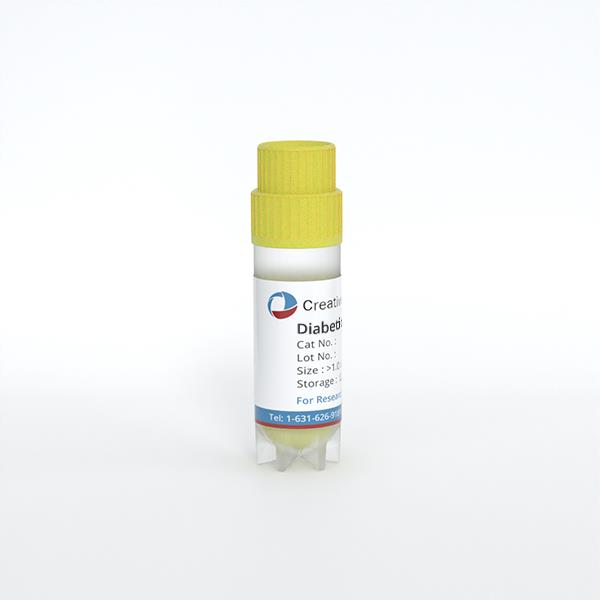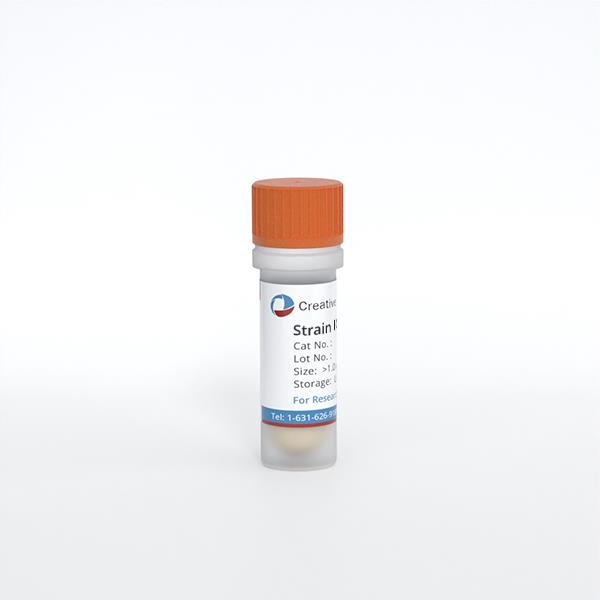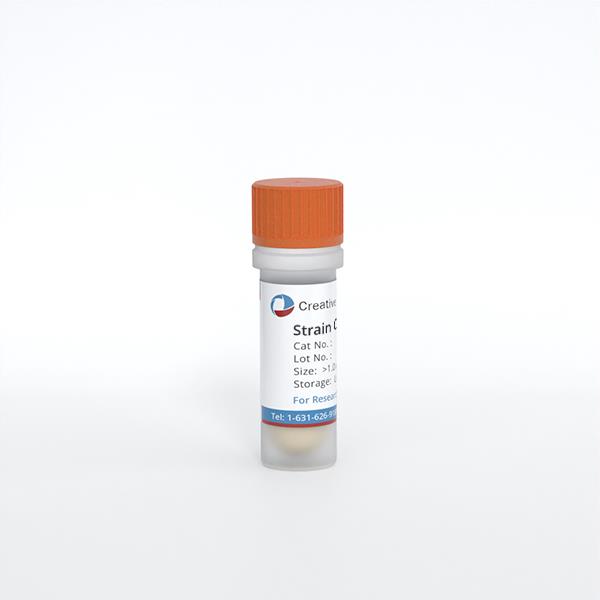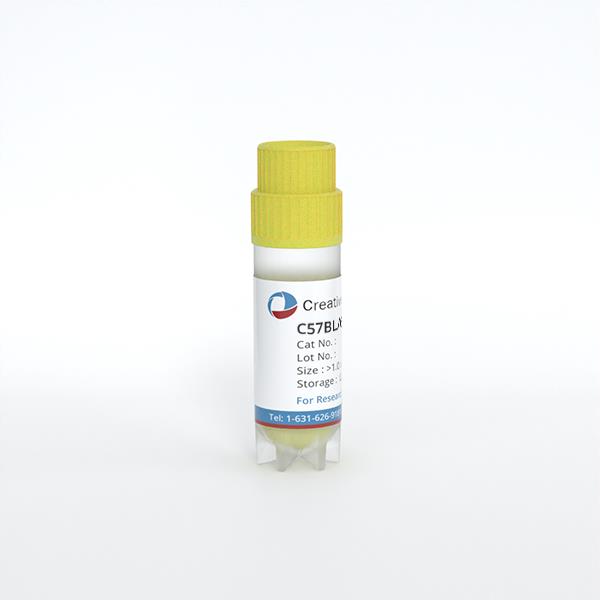Featured Products
Hot Products
ONLINE INQUIRY

Diabetic Mouse Aortic Fibroblasts
Cat.No.: CSC-C9336J
Species: Mouse
Source: Aorta
Cell Type: Fibroblast
- Specification
- Q & A
- Customer Review
Cat.No.
CSC-C9336J
Description
Diabetic Mouse Aortic Fibroblasts from Creative Bioarray are isolated from the aorta of Diabetic (db/db) mice (8 weeks). Diabetic Mouse Aortic Fibroblasts are grown in T75 tissue culture flasks pre-coated with gelatin-based coating solution for 2 min and incubated in Creative Bioarray’s Culture Complete Growth Medium generally for 3-7 days. Cultures are then expanded. Prior to shipping, cells at passage 1 are detached from flasks and immediately cryo-preserved in vials. Each vial contains at least 0.5x10^6cells per ml.
Species
Mouse
Source
Aorta
Recommended Medium
Cell Type
Fibroblast
Disease
Diabetes
Storage
Liquid Nitrogen (-180 °C).
Quality Control
Diabetic Mouse Aortic Fibroblasts are tested for expression of marker using the antibody of anti-FSP1 by immunofluorescence staining. Cells are negative for bacteria, yeast, fungi, and mycoplasma. Cells can be expanded for 3-5 passages at a split ratio of 1:2 under the cell culture conditions specified by Creative Bioarray. Repeated freezing and thawing of cells is not recommended.
Storage and Shipping
Creative Bioarray ships frozen cells on dry ice. On receipt, immediately transfer frozen cells to liquid nitrogen (-180 °C) until ready for experimental use. Never can cells be kept at -20 °C.
Citation Guidance
If you use this products in your scientific publication, it should be cited in the publication as: Creative Bioarray cat no. If your paper has been published, please click here to submit the PubMed ID of your paper to get a coupon.
Ask a Question
Write your own review
- You May Also Need
Related Products






